wbc-pipette
WBC pipette, diluting fluid, compound microscope, sterile lancet, watch glass, rectified spirit, cotton. WBC Pipette this is a bulb pipette having a long stem with a capillary bore and a pointed tip. The bulb contains a white bead inside
Report Abuse
Shipping Details
Based on 0 reviews
Be the first to review “wbc-pipette”
You must be logged in to post a review.
Vendor Information
- Store Name: ATLANTIC Scientific and Research Supply
- Vendor: ATLANTIC Scientific and Research Suply
- No ratings found yet!
-
Health & Medical
Transfection system
The Neon® Transfection System enables fast and efficient delivery of nucleic acids into all mammalian cell types, including primary, stem, and difficult-to-transfect cells. The flexible and open system allows the user to perform high-quality transfections using optimized or user-defined protocols in three simple steps with as few as 2 × 104 cells per reaction. A novel reaction chamber provides a dramatic increase in transfection efficiency and cell viability. The Neon® Transfection System is:
• Efficient—up to 90% in many cell types, including difficult-to-transfect cells, primary, and stem cells
• Flexible—easily transfect from 2 × 104 cells to 6 × 106 cells per reaction
• Simple—easy to use, with a single reagent kit for all cell types
• Versatile—open system allows electroporation parameters to be optimized freelySKU: n/a -
Health & Medical
Pippin-prep
The Pippin Prep facilitates library construction for the most popular NGS platforms, and is recommended by Illumina and Ion Torrent for certain workflows. The platform features the ability to collect narrow and even fragment distributions, as well as the flexibility to collect wide ranges of fragments with minimal effort. Target sizes or ranges of sizes are entered in software, and fractions are collected in buffer. Up to 5 samples per gel cassette may be run, with no possibility of cross contamination
SKU: n/a -
Health & Medical
Haemometer set
Haemometers are used for the determination of blood’s content of haemoglobin. The Marienfeld Superior haemometer according to Sahli is supplied as complete set consisting of:
polystyrene support with 2 coloured rods and opal glass plate
comparator tube
haemoglobin pipette 20 μl acc. to Sahli
silicone tubing of approx. 16 cm length
white mouthpiece
dropping pipette with rubber teat
stirring rod
acid vial
cleaning brush
directions for use
without CE – mark, only for sale and application outside ECSKU: n/a -
Health & Medical
Incubator
Laboratory incubator provides a temperature-controlled environment to support growth of microbiological cultures. Typical incubators are insulated boxes with an adjustable heater, going up to 60°C to 65°C (140°F to 149°F), though some can go slightly higher (generally to no more than 100°C).
Esco Isotherm® laboratory incubator is built with reliable performance and standards. Ergonomic, intuitive interfaces, microprocessor PID controls with programming options, 4-zone heated air jacket, precisely tuned and tested ventilation and insulation package, all supported by Esco’s solutions-based sales and service representatives worldwide.
SKU: n/a -
Health & Medical
Digital Incubator
Digital 10 l, 23 l and 56 l incubators are compact and economically priced, yet offer features not typically found in a basic incubator. The housing is all metal, as is the door frame. See-through acrylic door lets you view contents without opening the door. One shelf for 10 l and two shelves for 23 l and 56 l models are included, and can be adjusted in different levels – additional shelves can be purchased to increase storage capacity.
The heating elements in the incubators are incorporated into the bottom and sides of the aluminum chamber. This provides better temperature stability and uniformity than other incubators in it’s class. A grommet hole in the top of the unit can hold a thermometer for accurate temperature setting
SKU: n/a -
Health & Medical
IR spectrophotometer
A Spectrophotometer is an analytical instrument used to identify materials including organic polymers. Infrared spectrophotometers record the relative amount of energy as a function of the wavelength/frequency of the infrared radiation when it passes through a sample. Therefore, chemical structures of different samples will reflect differences in the IR absorption spectrum allowing for identification of a sample. Unlike a dispersive spectrometer, an FTIR spectrometer or FTIR spectrophotometer is used to simultaneously obtain spectral data of a sample. It does this by using an interferometer to collect the interferogram, also known as the raw data/signal format, which can then be translated into the infrared spectrum of the sample by means of a fourier transform algorithm. As a result there are many advantages including greater signal-to-noise ratio, high resolution, higher throughput, and a short wavelength limit. FTIR spectrometers can be used in a variety of industries including environmental, pharmaceutical, and petrochemical.
SKU: n/a


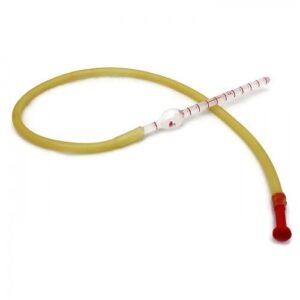
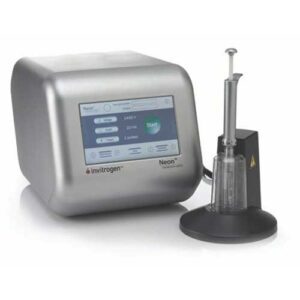
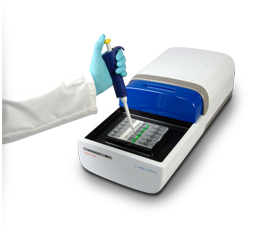
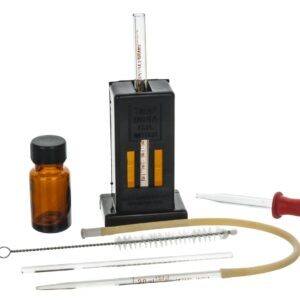
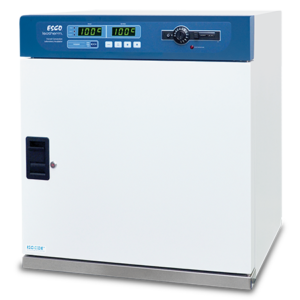
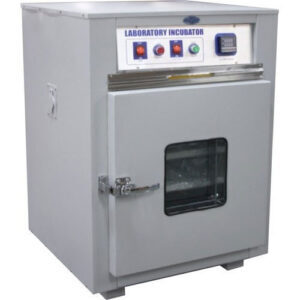
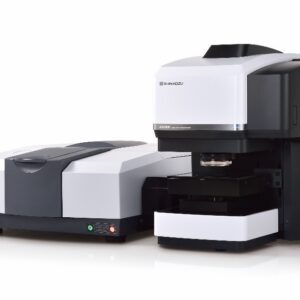
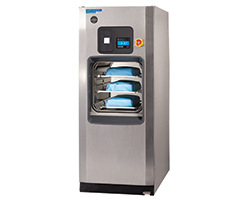
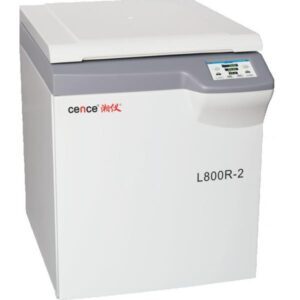
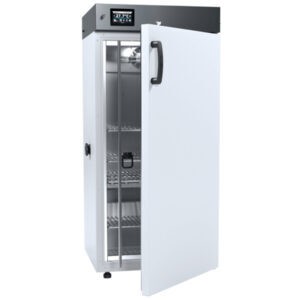
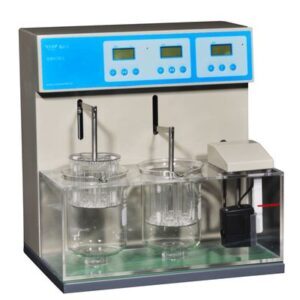
There are no reviews yet.